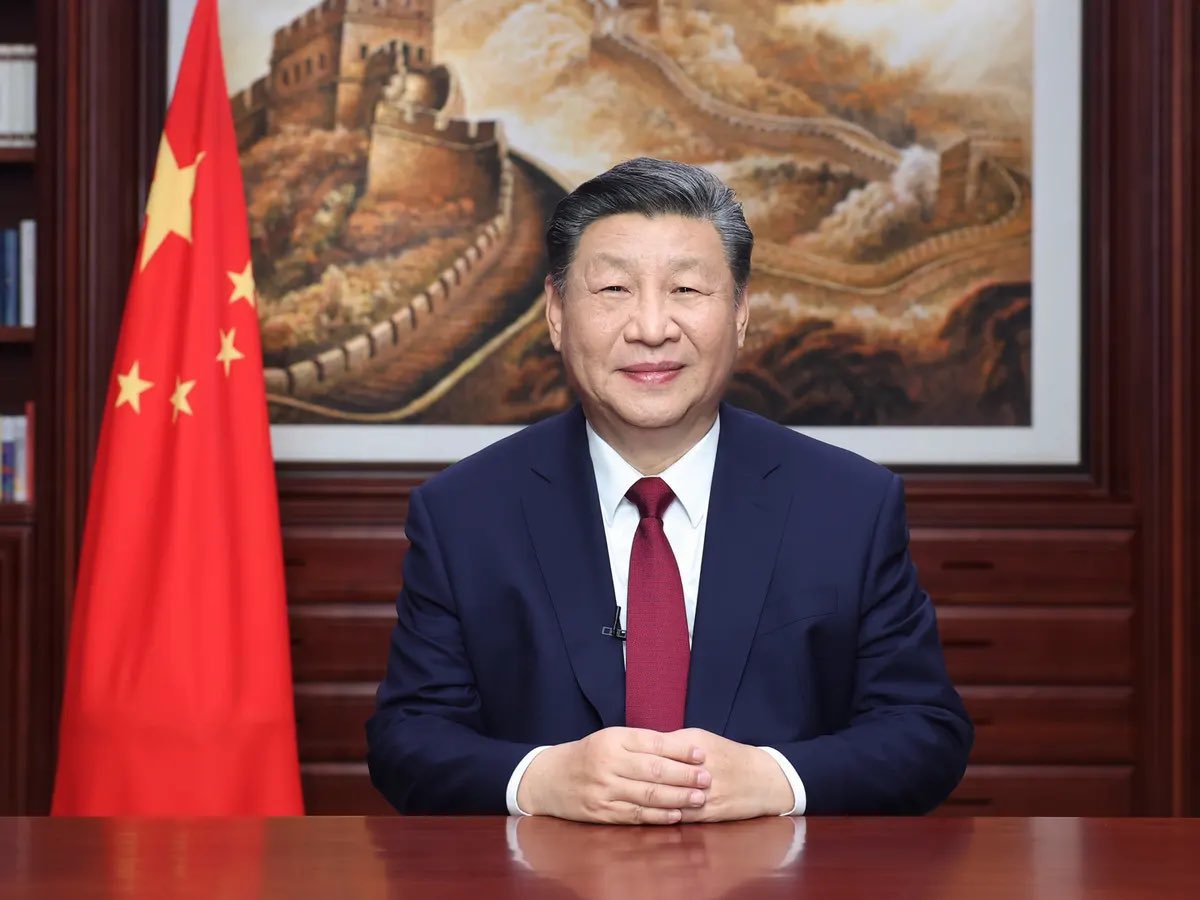China is now turning to Canada for a growing share of its oil needs at the same time slashing its crude oil imports from the United States by nearly 90%.
The move highlights how energy trade patterns are being reshaped by geopolitical tensions, economic changes, and infrastructure developments.
Until recently, the United States was one of China’s top sources of oil. But in just over a year, that picture has changed dramatically. According to recent trade data, U.S. oil exports to China have dropped sharply—from 150.6 million barrels in 2023 to just 81.9 million barrels in 2024. This decline has pushed the U.S. down from being China’s second-largest crude supplier to sixth place.
Behind this steep drop is a mix of factors. China’s economy has been growing more slowly, demand for oil has cooled, and the country is moving quickly toward renewable energy and electric vehicles. In parallel, tensions between Washington and Beijing have made trade relations more complicated, pushing China to look elsewhere for energy security.
Enter Canada.
Thanks to the completion of the Trans Mountain Pipeline Expansion (TMX) in May 2024, Canada has opened up a new path for its oil to reach Asia—particularly China. The pipeline, which tripled its capacity to nearly 900,000 barrels per day, now delivers significant volumes of Canadian crude to the country’s Pacific coast, making it easier and faster to ship oil directly to Chinese buyers.
Also Read; China Open to Talks If Trump Shows Respect
And Chinese energy firms are responding. In just six months after the pipeline’s launch, China imported more than C$2 billion worth of Canadian crude—more than half of all oil exported through the TMX during that time.
One of China’s biggest refineries, Rongsheng Petrochemical in Zhejiang province, has been especially active in receiving these shipments, signaling a long-term commitment to Canadian oil.
For Canada, the increased demand from China is a welcome development. Historically, nearly all of Canada’s oil exports went to the United States, limiting growth opportunities. But with China stepping in as a major buyer, Canada is starting to diversify its energy markets in a meaningful way.
This growing relationship between Canada and China is more than a numbers game—it’s a reflection of deeper shifts in the global order. As China distances itself from U.S. energy dependence, and as Canada seeks broader trade partners, the two countries are forging new ties that could reshape energy flows for years to come.
With infrastructure now in place and political momentum on both sides, analysts say the China–Canada oil trade could be just the beginning of a broader economic relationship built on shared energy needs and strategic cooperation.







